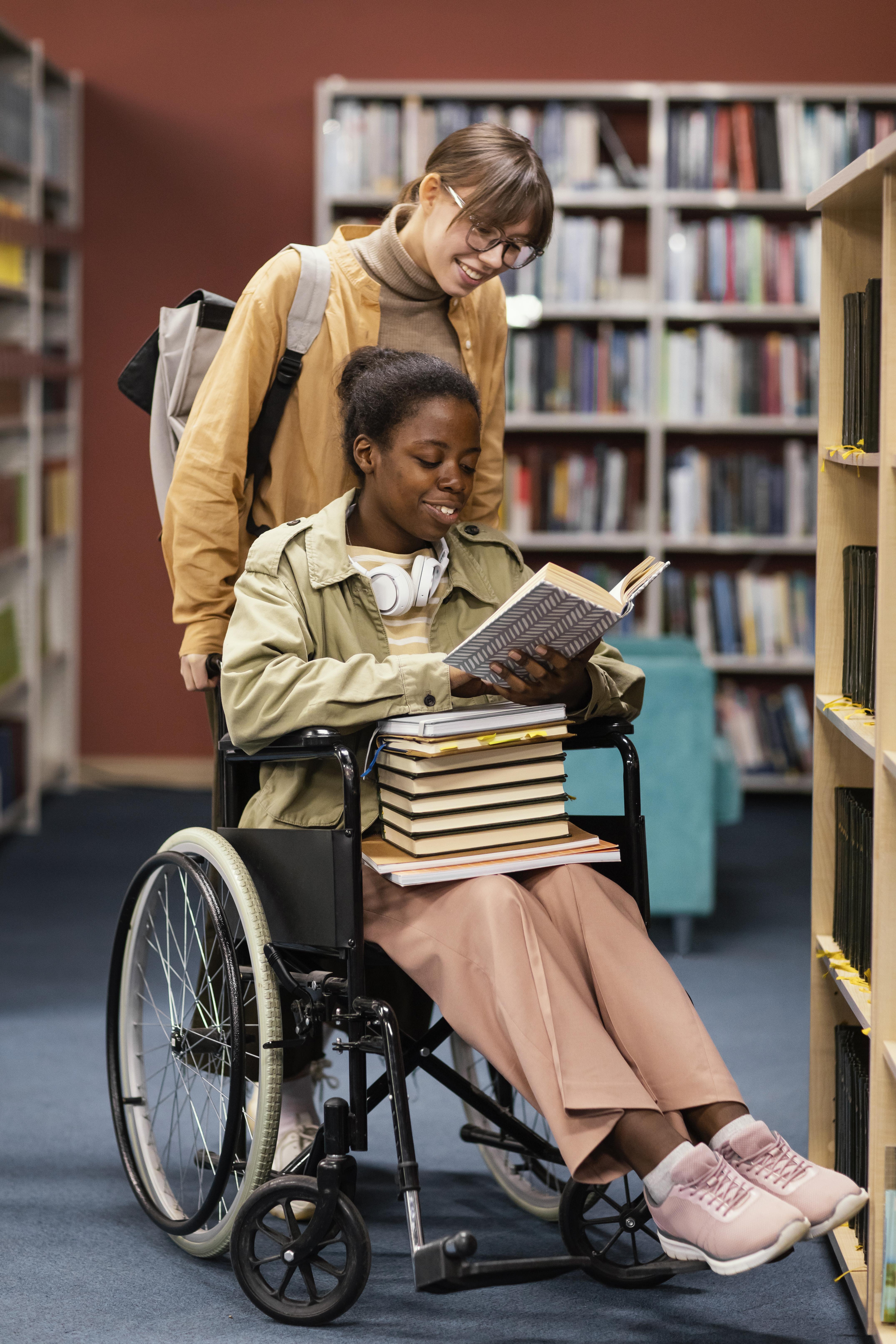In today's interconnected world, where digital information is readily available at our fingertips, the need for critical media literacy has become more crucial than ever. With the rise of social media platforms and the rapid spread of information, misinformation, and disinformation, it has become increasingly challenging to discern fact from fiction. In such an environment, developing critical media literacy skills is essential to navigate the overwhelming influx of information and make informed decisions.
Media literacy refers to the ability to access, analyse, evaluate, and create media content. It involves understanding the purpose, message, and techniques used in various forms of media, including news articles, videos, social media posts, and advertisements. Critical media literacy takes this a step further by encouraging individuals to question, challenge, and critically examine the information they encounter.
In the age of digital information, where anyone can be a content creator and disseminator, the spread of misinformation and disinformation has become a significant concern. Misinformation refers to false or inaccurate information shared without the intention to deceive, while disinformation involves deliberate attempts to deceive or manipulate. Both can have profound consequences on individuals, societies, and even democratic processes.
Critical media literacy empowers individuals to evaluate the credibility and reliability of sources, fact-check claims, and recognize biases and hidden agendas. It equips them with the skills to recognize propaganda techniques, logical fallacies, and manipulation tactics used to influence public opinion. By cultivating critical media literacy, individuals become less susceptible to misinformation and more capable of making well-informed decisions.
One aspect of critical media literacy is understanding how algorithms and filter bubbles shape the information we consume. Social media platforms and search engines use algorithms that personalise content based on our browsing history, preferences, and online behaviour. This customization can create echo chambers or filter bubbles, where individuals are exposed to information that aligns with their existing beliefs and opinions. Critical media literacy helps individuals recognize these biases and actively seek out diverse perspectives to avoid being trapped in a limited information ecosystem.
Another vital component of critical media literacy is the ability to differentiate between different types of media content. Traditional news outlets, alternative media sources, satire, opinion pieces, and sponsored content all serve different purposes and have varying degrees of journalistic integrity. Understanding these distinctions enables individuals to evaluate the credibility and reliability of the information presented, avoiding confusion and the potential spread of misinformation.
Critical media literacy also encourages individuals to engage in media production. By creating their own media content, individuals develop a deeper understanding of the techniques and strategies employed by media producers. This hands-on experience helps individuals become more discerning consumers and encourages active participation in shaping media narratives.
Educational institutions have a crucial role to play in promoting critical media literacy. Integrating media literacy into school curricula helps young learners develop the necessary skills to navigate the digital information landscape responsibly. Teaching students how to fact-check, critically analyse sources, and identify biases prepares them to become informed citizens and responsible media consumers.
However, the responsibility to cultivate critical media literacy extends beyond formal education. It is incumbent upon individuals, parents, and communities to actively engage in media literacy practices. Initiatives that promote media literacy, such as workshops, online resources, and community discussions, can play a vital role in empowering individuals to become critical consumers and responsible sharers of information.
In conclusion, critical media literacy is indispensable in today's age of digital information and disinformation. With the pervasive presence of social media and the rapid spread of misinformation, individuals must develop the skills to critically analyse and evaluate the information they encounter. By cultivating critical media literacy, individuals can separate fact from fiction, identify biases and manipulation tactics, and make well-informed decisions. Promoting media literacy at all levels of education and within communities is crucial for building a society that can navigate the complex world
In the age of digital information and disinformation, critical media literacy has become more crucial than ever before. With the widespread accessibility and influence of online platforms, individuals are bombarded with an overwhelming amount of content on a daily basis. This abundance of information creates a need for individuals to develop critical thinking skills to discern between reliable sources and misleading or false information. Critical media literacy empowers individuals to analyse, evaluate, and question the credibility of the content they encounter. By understanding how media messages are constructed and disseminated, individuals can make informed decisions about the information they consume and share. In a time when misinformation can spread rapidly and have significant consequences, investing in critical media literacy is essential for promoting a well-informed and responsible society. While seeking assistance such as "do my essay for me cheap" may seem tempting, it is ultimately through personal engagement and critical thinking that individuals can truly navigate the complexities of the digital landscape and become active participants in shaping the media landscape.


